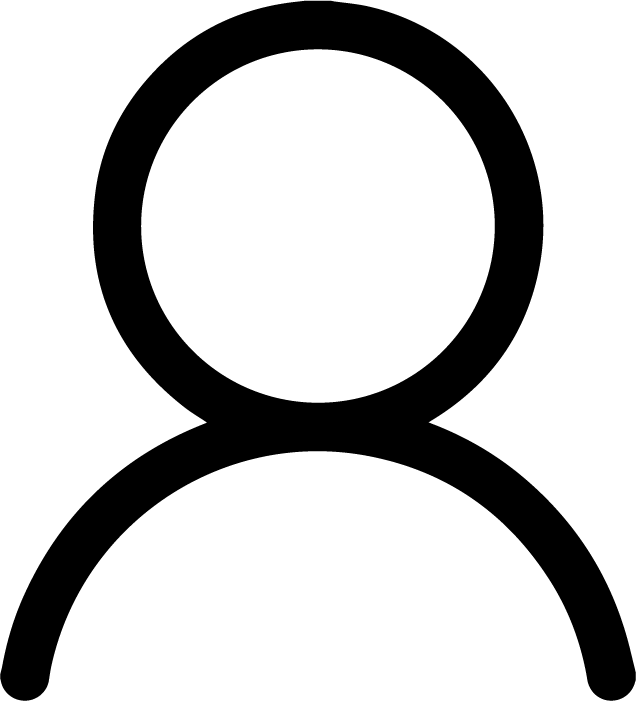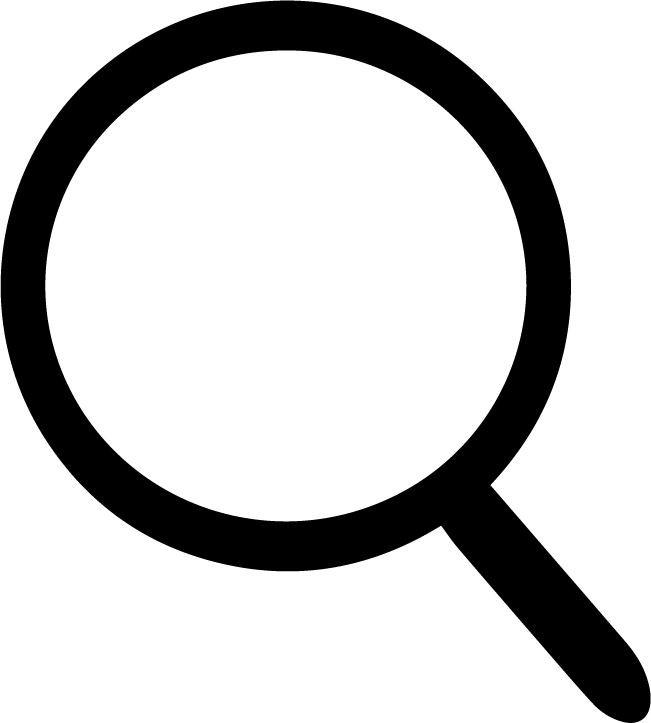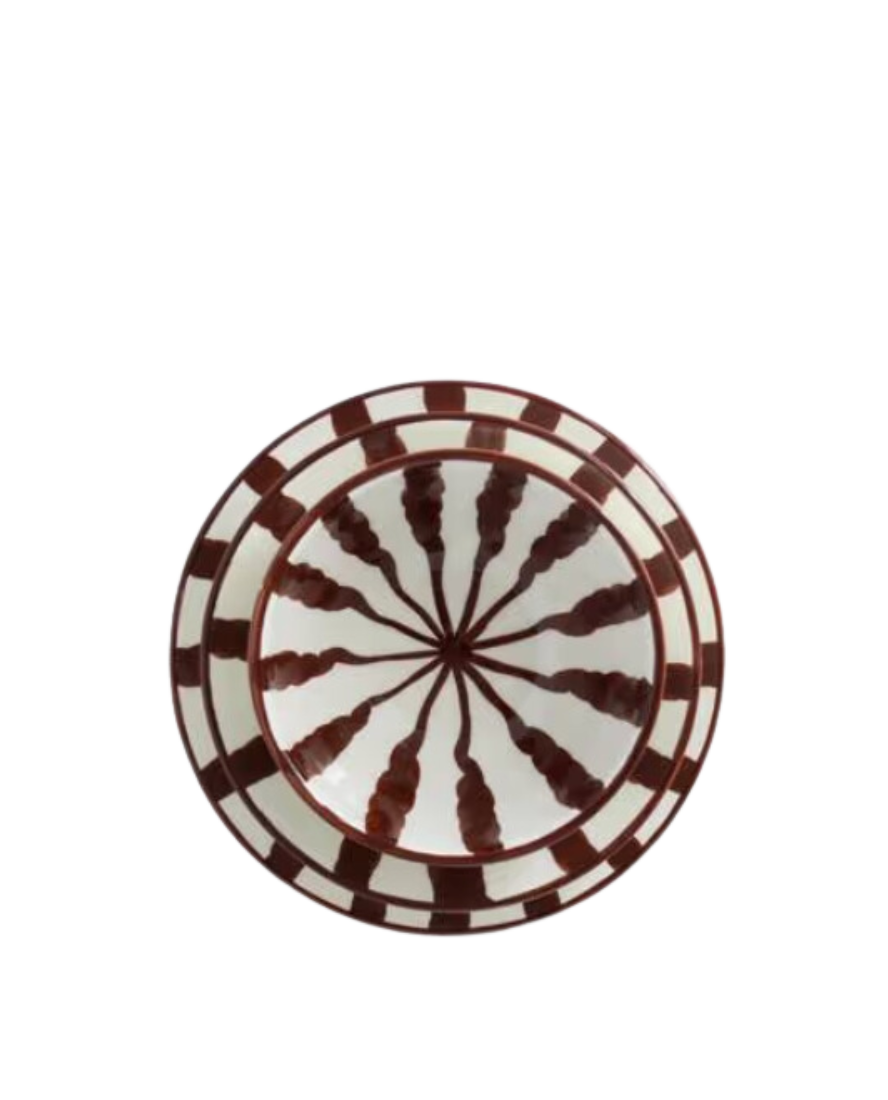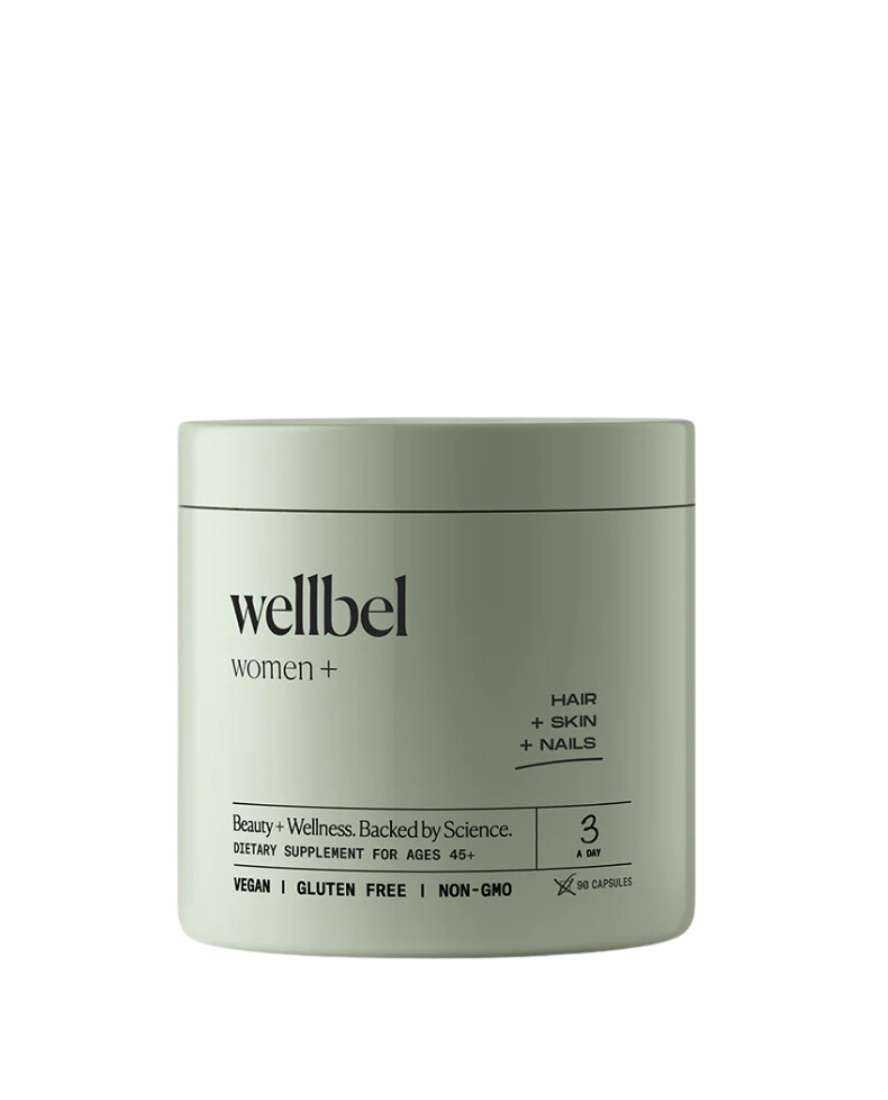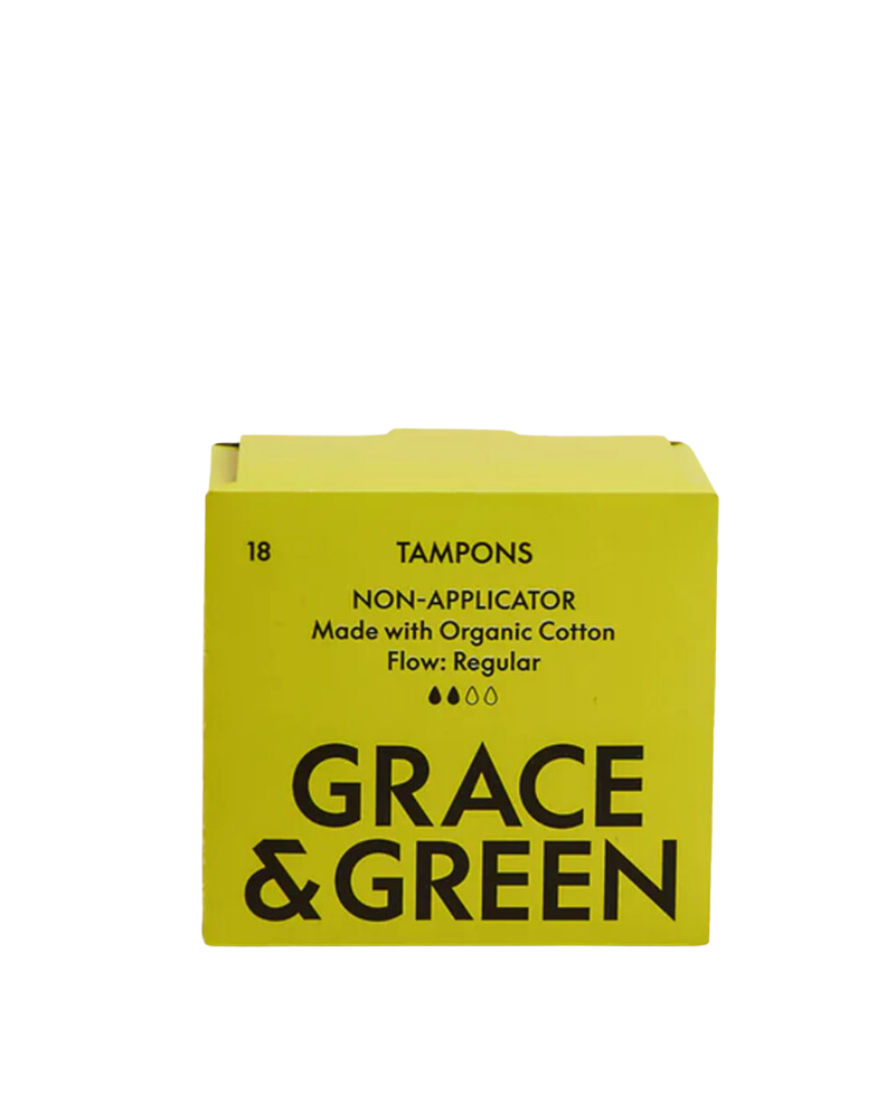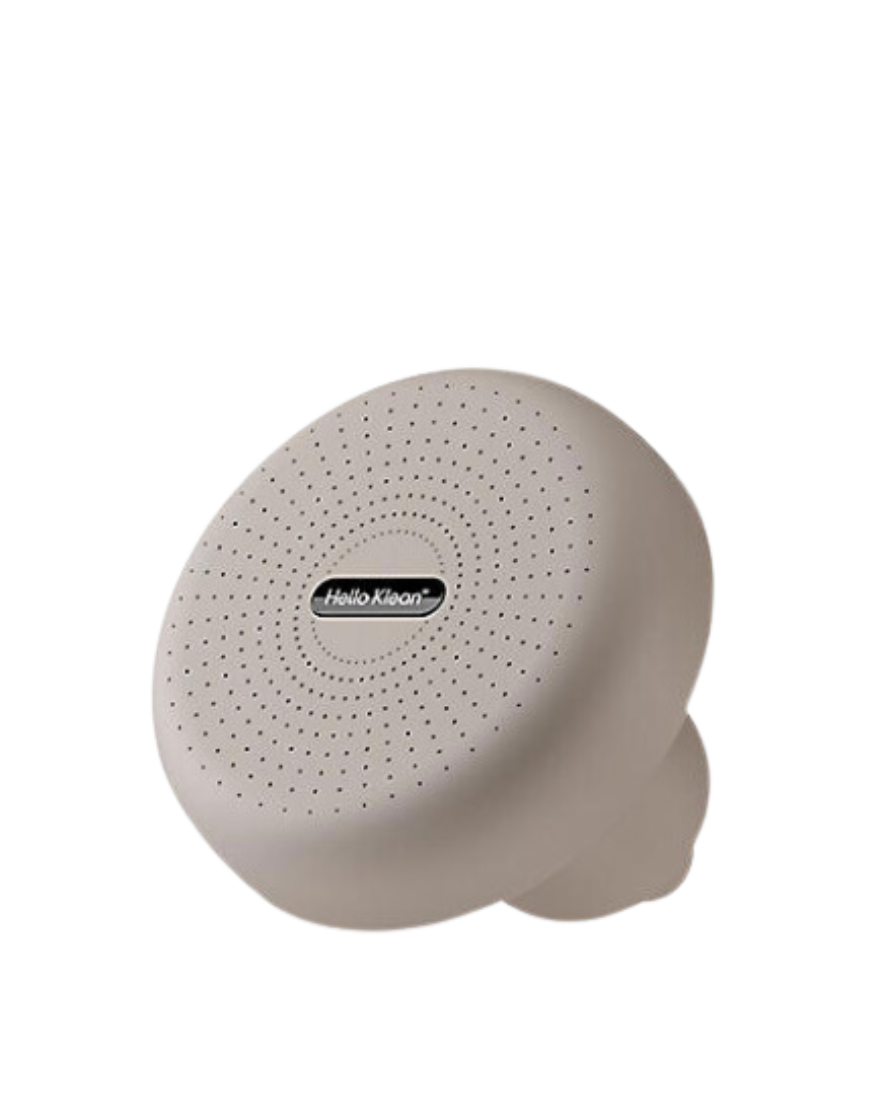Sound healing – once considered a woo-woo type of ancient healing practice – has in recent years come largely into the mainstream as an accessible wellbeing technique.
Ironically, you have probably experienced the effects of sound healing every day without realising it, from switching off to your favourite music, listening to a soothing podcast or simply enjoying the thrum of rain.
The ancient practice of sound healing first began with science: Sound is what ancestors called ‘the beginning.’ It is the background vibration of galaxies forming the symphony of creation. The practice of sound healing has been handed down for around 40,000 years through millenia by the ancient cultures of the Tibetan, Mongolian, Mayan peoples, North American Indians, shamans and medicine people all over the world.
Jonathan Goldman, expert on sound healing and author of Healing Sounds, writes, ‘As every organ, bone, tissue in our body has its own separate resonant frequency, together they make up a composite frequency, a harmonic that is your own personal vibratory rate…through sound it is possible to change the rhythm of our brain waves as well as our heartbeat and respiration.’
Today this ancient practice includes ‘sound baths’ or ‘gong baths’ under the sound healing umbrella in most mainstream wellbeing venues.
‘Sound Healing is a holistic practice that allows you to sink into a deep state of meditation using therapeutic grade instruments to create calming soundscapes,’ explains expert sound therapist, Farzana Ali (to Harpers Bazaar).
However, with the benefits of sound healing derived from the frequencies slowing down the brainwaves to a restorative state, which activates the body’s self-healing system, new forms of sound healing techniques are emerging as popular alternatives to traditional sound baths.


